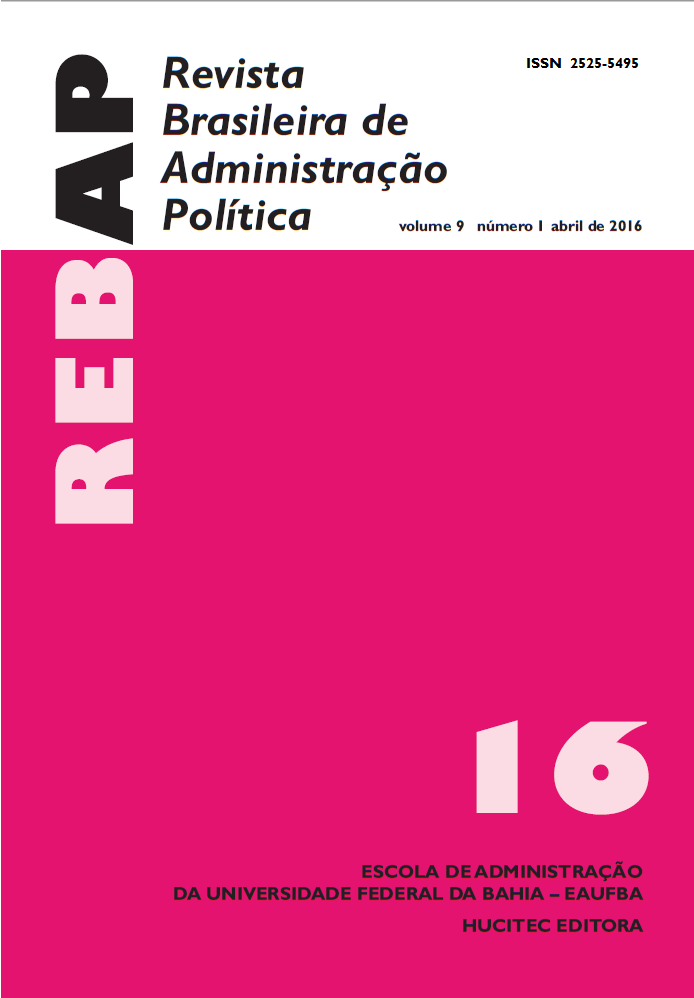GRASSROOTS PEACE AND CONFLICT RESOLUTION EDUCATION: EXPLORING RESPONSES TO STRUCTURAL VIOLENCE
Resumo
This article highlights the need to take peace and conflict resolution education seriously as a space that requires ongoing action and reflection and in which people theorize and experiment with approaches aimed at shifting conflict dynamics and addressing structural violence. The article provides a brief overview of the key similarities and differences between the fields of peace education and conflict resolution and highlights some of the pedagogical commitments that undergird these fields. It is followed by an analysis of the forms of structural violence that disproportionately impact African American youth in the United States, examining the intersecting and multi-layered nature of the violence that African-American youth face in the U.S.The article then pivots to consider how practitioners are engaging with these challenges, analyzing youth programming offered by the Connecticut Center for Nonviolence, a community-based organization engaged in educational activities with youth of color who are impacted by various overlapping forms of structural violence. This analysis draws on preliminary evaluation data and reports, as well as the author’s work with the Connecticut Center for Nonviolence over last seven years, in which I served as a researcher, facilitator, and strategist.
Downloads
Downloads
Publicado
Como Citar
Edição
Seção
Licença
Você é livre para:
Compartilhar - copia e redistribui o material em qualquer meio ou formato; Adapte - remixe, transforme e construa a partir do material para qualquer propósito, mesmo comercialmente. Esta licença é aceitável para Obras Culturais Livres. O licenciante não pode revogar essas liberdades, desde que você siga os termos da licença.
Sob os seguintes termos:
Atribuição - você deve dar o crédito apropriado, fornecer um link para a licença e indicar se alguma alteração foi feita. Você pode fazer isso de qualquer maneira razoável, mas não de uma forma que sugira que você ou seu uso seja aprovado pelo licenciante.
Não há restrições adicionais - Você não pode aplicar termos legais ou medidas tecnológicas que restrinjam legalmente outros para fazer qualquer uso permitido pela licença.








